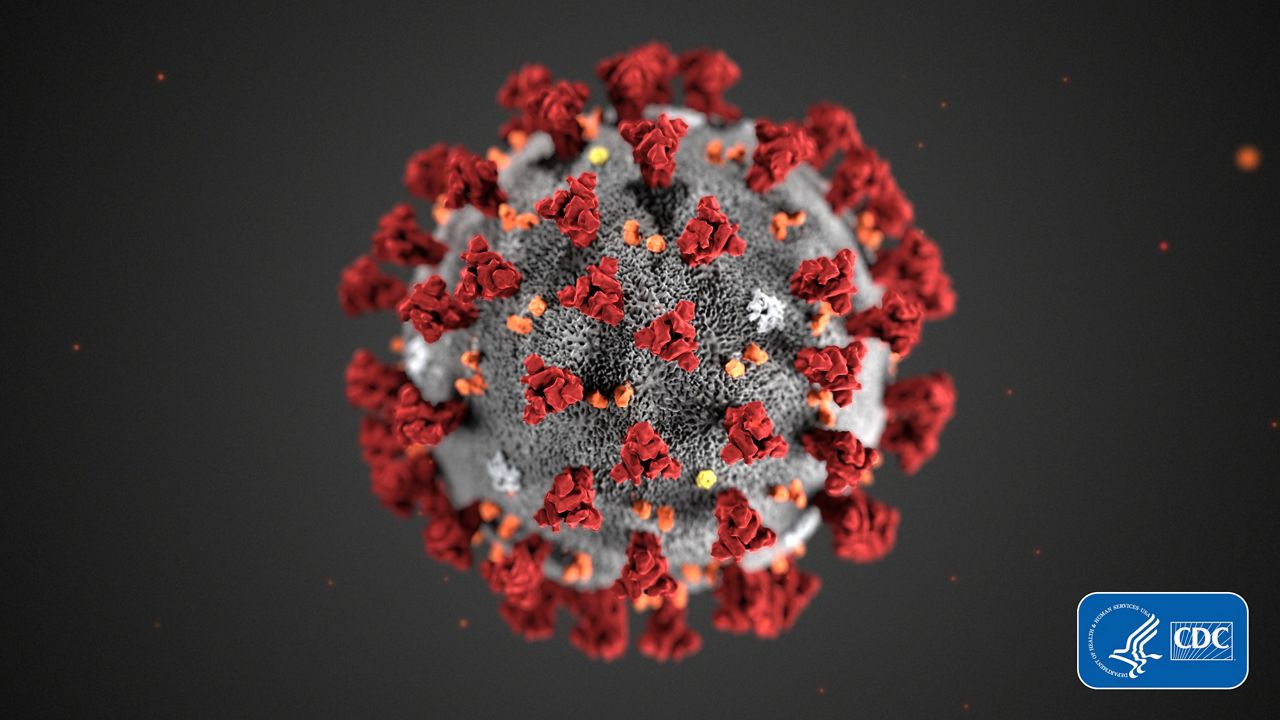2021 has surpassed 2020 to become the deadlier year for COVID-19 cases in the United States despite that vaccines have been readily available to most Americans for months.
What You Need To Know
- 2021 has surpassed 2020 to become the deadlier year for COVID-19 cases in the United States despite that vaccines have been readily available to most Americans for months
- According to data from Johns Hopkins University, more than 353,000 coronavirus deaths have been reported this year, topping the 352,000 recorded in 2020
- But, still, only 56% of the country’s population — and two-thirds of those who are eligible — are fully vaccinated, as many Americans express hesitancy or skepticism about the shots’ safety and efficacy
- There are encouraging signs that conditions are improving, including that the number of new infections has fallen 39% over the last month to a seven-day average of about 98,000
According to data from Johns Hopkins University, more than 353,000 coronavirus deaths have been reported this year, topping the 352,000 recorded in 2020.
The overall death toll as of Wednesday afternoon stood at 705,831. The U.S. surpassed the 700,000 mark Friday.
The first COVID-19 vaccines received emergency use authorization (EUA) from the Food and Drug Administration (FDA) last December, and Pfizer’s shot is now fully approved. The shots became available to all American adults in April, and Pfizer’s shot was authorized for children as young as 12 in May.
But, still, only 56% of the country’s population — and two-thirds of those who are eligible — are fully vaccinated, as many Americans express hesitancy or skepticism about the shots’ safety and efficacy. To compare, Canada has fully vaccinated 72% of its people, and the United Kingdom has inoculated 67% of its population.
Studies have shown the vaccines are safe, effective at preventing infection and highly effective at preventing hospitalization or death.
A study published by the Centers for Disease Control and Prevention (CDC) last month found that people who are unvaccinated are 11 times more likely to die from COVID-19 than those who are inoculated.
The country appeared to be on its way to emerging from the pandemic early this summer, when new infections plunged below 12,000 a day and deaths fell below 200 a day.
But then the highly transmissible delta variant became the nation’s dominant strain, fueling another wave that saw cases and deaths rise and many hospitals get overwhelmed. Southern states, where vaccination rates were the lowest, were hit especially hard.
There are, however, encouraging signs that conditions are improving.
The number of new infections has fallen 39% over the last month to a seven-day average of about 98,000, and hospitalizations are down 13.6% over the past week, according to CDC data. Deaths are declining as well — 10% over the last month — although more than 1,400 people have still died on average over the past seven days.
An antiviral pill developed by the pharmaceutical company Merck could soon provide another weapon in the fight against COVID-19. The drugmaker, which plans to ask for FDA emergency use authorization, says the pill reduces hospitalizations and deaths by half for people who have been infected by the virus.
However, the number of people receiving their first dose of vaccine has plateaued at a near-record low, although that could change soon as the Biden administration is writing a new rule that will require companies employing 100 or more people ensure that their workers are vaccinated. And the phar
There are also concerns that the winter months could lead to another spike in cases.
“The one thing that we don't want to do is that we don't want to become complacent and say, ‘OK, now we need to pull back, we don't need any more people to get vaccinated,’” Dr. Anthony Fauci, the federal government’s top infectious disease expert, told CBS’ “Face the Nation” on Sunday. “We need to continue to get those individuals — now 70 million people who are eligible to be vaccinated — vaccinated.
“Because if you look at the history … of the different surges we've had, it's come up, start to come down and then all of a sudden, boom, come back up again. As it's coming down, we have within our capability, we can make this happen, namely go down to a very, very low level with vaccination and with mitigation.”
Note: This article was updated to correct a typo.
Ryan Chatelain - Digital Media Producer
Ryan Chatelain is a national news digital content producer for Spectrum News and is based in New York City. He has previously covered both news and sports for WFAN Sports Radio, CBS New York, Newsday, amNewYork and The Courier in his home state of Louisiana.








